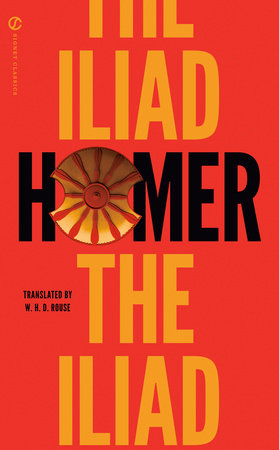From October 1995 to February 1996 I lived in Poland. I was conducting research on representations of the Holocaust, both historical as well as artistic, for my master’s thesis. Concurrently, I was enrolled in the Polish program at the Catholic University of Lublin in order to advance my research language skills.
Lublin is in the southeast corner of Poland, and it was the site of Majdanek, a Nazi work, concentration, and death camp. I did most of my research at Majdanek, though I spent probably too much time traveling to visit other camps, other sites of the Holocaust.
I spent one full day traveling by rickety bus to Bełżec for example, only to wander down a snowy country road to find a sign basically saying, Death camp closed. Even if I would’ve managed to enter the grounds, so little of Bełżec was standing that the trip would’ve still been classified an absurdity. I have a couple of photos I took of the all-too-representational sculpture of its victims. Horrible art, horrible site, horrible day.
Despite the months of traipsing around death camps in what was then referred to as one of the worst winters in Poland in 50 years, I managed to visit Auschwitz for the first time shortly after New Years Day after a brief–and much needed–vacation in Prague and in Zakopane, a Polish village high in the Tatra Mountains. The “50 years” reference–such a horrible chronology–was not lost on me. Thankfully, I went with my partner and another guy who we had befriended at the hostel in Krakow. After walking through the exhibits, we drank coffee from a vending machine in the visitor center’s lobby before catching the Lux Bus back into Krakow.
The second time I visited Auschwitz was a few weeks later in February. I was by myself. It was after an all-night train ride from Budapest where I had spent a mere 46 hours. Part vacation/part research trip. Full tilt absurdity. I decided to forgo the main camp and instead visit Birkenau. The cab fare was, in my opinion, too high, and I was used to walking everywhere, so I took off in the direction that seemed most logical. After about half an hour I found myself facing the main gate with its veins of railways running directly to the heart of evil.
Birkenau, or Auschwitz II, was a monster that gnawed at my weakened, exhausted soul. It went on and on. In the back fields, where mass graves had once been dug, I saw a deer at the edge of the woods. I walked in a circle around the memorial sculpture. And again. The snow and sleet froze to my face. My tears froze to my face. My tears wouldn’t stop.

